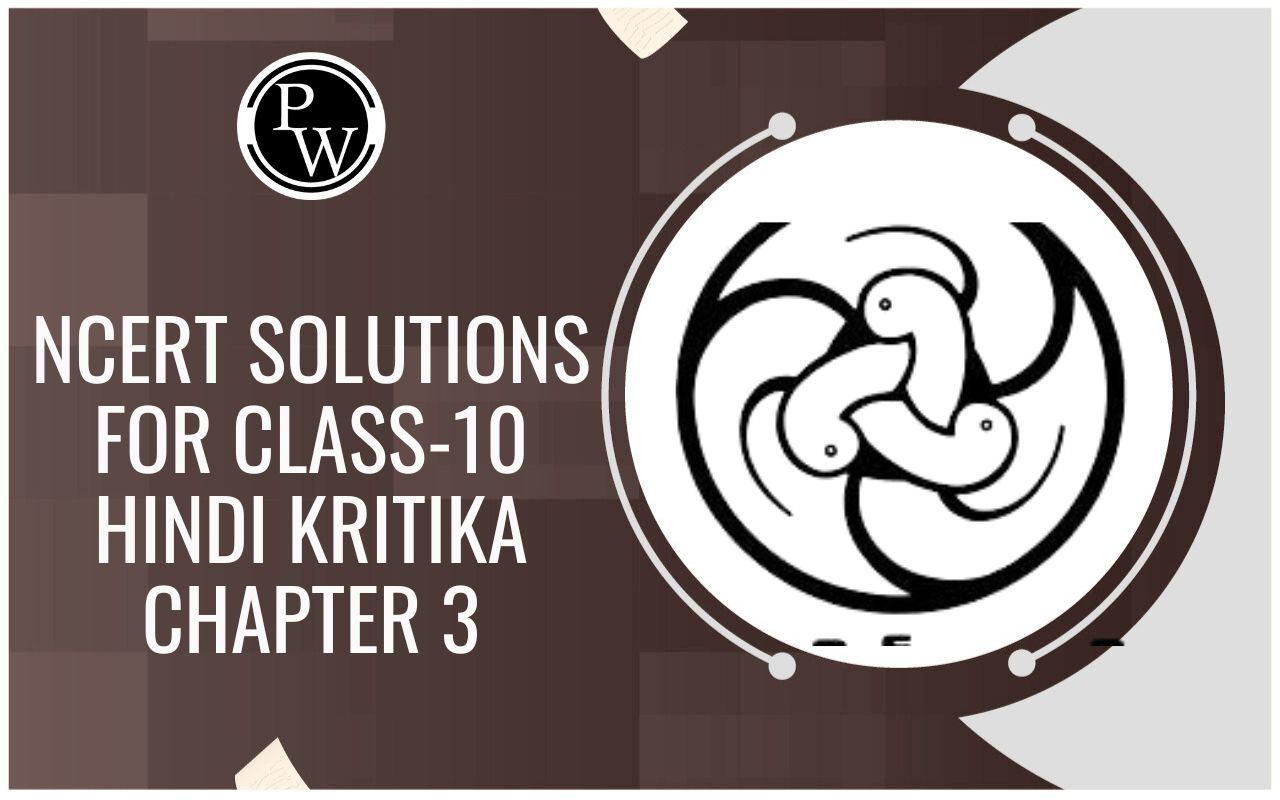
PURE SUBSTANCE
Is matter around us pure of Class 9
A homogeneous material which contains particles of only one kind and has a definite set of properties is called a pure substance.
e.g. Iron, silver, oxygen, sulphur, Carbon dioxide etc., are pure substances because each of them has only one kind of particles.
CHARACTERISTICS OF A PURE SUBSTANCE:
- A pure substance is homogeneous in nature.
- A pure substance has a definite set of properties. These properties are different from the properties of other substances.
- The composition of a pure substance cannot be altered by any physical means.
ELEMENTS:
A pure substance, which cannot be subdivided into two or more simpler substances by any chemical means is called an element.
- Example : Hydrogen, oxygen, nitrogen, copper, zinc, tin, lead, mercury, etc. are all elements as they cannot be subdivided into simpler parts by any chemical means. A substance made up of the atoms with same atomic number is called an element.
Classification of elements :
(A) On the basis of physical states, all elements can be classified into three groups :-
(1) Solids (2) Liquids (3) Gases
It has been found that:
Two elements exist as liquids at room temperature. They are mercury and bromine.
Eleven elements exist as gases at room temperature. They are hydrogen, nitrogen, oxygen, fluorine, chlorine, helium, neon, argon, krypton, xenon and radon.
Remaining 102 elements are solids at room temperature.
(B) Elements can be classified as metals and non - metals. There are 22 non - metals and 93 metals.
- Amongst the metals, only mercury is liquid metal. All other metals are solids.
- Amongst the 22 non - metals: 10 non - metals are solids. They are boron, carbon, silicon, phosphorus, sulphur, selenium, arsenic, tellurium, iodine and astatine. 1 non-metal, bromine, is a liquid. Find non-metals, hydrogen, nitrogen, oxygen, fluorine and chlorine are chemically active gases. Six non-metals, helium, neon, argon, krypton, xenon and radon are chemically inactive gases. These are also called noble gases or rare gases.
Compounds :
A pure substance, which is composed of two or more elements, combined chemically in a definite ratio, such that it can be broken into elements only by chemical means is called compound.
The two or more elements present in a compound are called constituents or components of the compound. For example, water is a compound of hydrogen and oxygen, combined together in the ratio of 1 : 8 by weight. The water can be broken into its constituents only by electro-chemical method, i.e., by passing electric current through it.
The compounds can be further classified as acids, bases and salts. Sulphuric acid, nitric acid, hydrochloric acid, formic acid, etc. are the compounds which can be classified as acids.
Sodium hydroxide, potassium hydroxide, zinc hydroxide and calcium hydroxide can be classified as bases. Ammonium chloride, zinc sulphate, lead nitrate and calcium carbonate can be classified as salts. It must be pointed out that salts are formed by the chemical reaction between acids and bases.
Impure substances/ mixtures:
A mixture is an impure substance which contains two or more different kinds of particles (atoms or molecules).
or
A mixture is an impure substance which consists of two or more pure substances (elements or compounds) that are present in any ratio. The pure substances in the mixture do not react chemically.
Examples:
- Air is a mixture of various gases such as oxygen, nitrogen, inert gases (mainly argon), carbon dioxide, water vapours etc.
- Milk is a mixture of water, fats and proteins.
- Steel is a mixture of iron and carbon with small amounts of nickel and chromium.
- Salt solution is a mixture of common salt in water.
- Gun powder is a mixture of sulphur, potassium nitrate and carbon (in the form of charcoal).
Other examples of mixtures are: sugar solution, petrol, coal, soil, paints, glass, wood, dyes, soft drinks (coke, pepsi, limca etc), lemonade, face-cream, shaving cream, smoke, fog, mist etc.
|
|
|
Types of mixtures:
Mixtures are of two types:

Homogeneous Mixtures: A mixture is said to be Homogeneous if all the components of the mixture are completely mixed together and are indistinguishable from one another.
In other words, a homogeneous mixture consists of only one phase. The single phase of the Homogeneous mixture may be a liquid, gas or solid.
|
|
A mixture of two or more miscible liquids is also a Homogeneous mixture in the liquid phase, for example, a solution of alcohol and water, is a Homogeneous mixture. Similarly, petrol, kerosene oil and diesel are homogeneous mixtures of a number of liquid hydrocarbons. |
Examples:
- A solution of sugar in water is a Homogeneous mixture in the liquid phase.
- Air is a Homogeneous mixture of a number of gases.
- Alloys are Homogeneous mixture of two or more metals in the solid phase. For example, brass is an alloy of Zn(30%) and Cu(70%).
Some more examples of Homogeneous mixtures are common salt solution, copper sulphate solution, sea water, lemonade, German silver, bronze, vinegar etc.
All the Homogeneous mixtures are called solutions.
Heterogeneous Mixtures
A mixture is said to be heterogeneous if all the components of the mixture are not thoroughly mixed and are distinguishable from one another.
In other words, heterogeneous mixtures have two or more distinct phases.
Examples:
- A mixture of sugar and sand is a heterogeneous mixture, because different parts of the mixture will have different sugar-sand compositions.
- Gun powder is a heterogeneous mixture of three solids i.e., sulphur, charcoal and potassium nitrate.
- Suspension of solids in liquids is a heterogeneous mixture, e.g. a suspension of chalk particles or sand in water is a heterogeneous mixture.
- A mixture of two immiscible liquids is also a heterogeneous mixture, e.g. a mixture of petrol and water is a heterogeneous mixture because petrol and water do not mix and hence form two separate layers. Some more examples of heterogeneous mixtures are: polluted air, soap solution, milk, ink, paint, glass, soil, dyes, muddy river water, flour in water, butter, milk of magnesia, cheese, face cream, shaving cream, hair spray, fog and mist etc.
|
|
Most of the mixtures are heterogeneous, only solutions and alloys are Homogeneous mixtures. Heterogeneous mixture consist of more than one phase. |
|
Mixtures |
Compounds |
|
1. Nature In a mixture, two or more elements or compounds are mixed, such that they do not combine chemically. 2. Structure Mixture does not have a definite structure. 3. Composition In case of mixture, their constituents can be present in any ratio, i.e., they have variable composition. 4. Properties The constituents of a mixture retain their individual physical and chemical properties. 5. Separation of constituents The constituents of a mixture can be separated by physical means. 6. Energy changes During the formation of mixtures, no energy changes take place, i.e., it is a result of physical change. |
1. Nature In a compound, two or more elements unit chemically. 2. Structure Compounds have a definite structure. 3. Compositions In case of a compound the constituents are present in a fixed ratio by weight. 4. Properties The properties of a compound are entirely different from the properties of its constituents. 5. Separation of constituents The constituents of a compound can not be separated by physical means. 6. Energy changes During the formation of a compound energy is either absorbed or released, i.e., compound is the result of a chemical change. |
Experiment to illustrate the concept of homogeneous and heterogeneous mixtures:
- Let us divide the class into groups A, B, C, and D.
- Group A takes a beaker containing 50 mL of water and one spatula full of copper sulphate powder. Group B takes 50 mL of water and two spatula full of copper sulphate powder in a beaker.
- Groups C and D can take different amounts of copper sulphate and potassium permanganate or common salt (sodium chloride) and mix the given components to form a mixture.
- Report the observations on the uniformity in colour and texture.
Discussion :
- Both groups A and B have obtained homogeneous mixtures since the composition of these mixtures or solutions is uniform throughout.
- Although both the groups have obtained copper sulphate solutions but the intensity of colour of the two solutions is different. The intensity of blue colour in the solution obtained by group B which contains two spatula full of copper sulphate is much higher than the solution obtained by group A which contains one spatula full of copper sulphate.
- Both groups C and D have obtained heterogeneous mixtures since they not only have distinct boundaries but also their composition is not uniform.
Conclusion:
- Soluble substances such as copper sulphate, common salt or sugar when dissolved in water form homogeneous mixtures whose composition depend upon the amount of the substance dissolved.
- When two or more insoluble solids which do not react chemically are mixed, they always form heterogeneous mixtures.
Differences between Homogeneous and heterogeneous mixtures
|
Homogeneous Mixtures |
Heterogeneous Mixtures |
|
1. They have a uniform composition throughout their mass. 2. They consist of only one phase. 3. They have no visible boundaries of separation between its constituents. |
1. They contain physically distinct parts and have non-uniform compositions. 2. They consist of more than one phase. 3. They have visible boundaries of separation between its different constituents. |
Properties of mixtures:
- A mixture may be Homogeneous or heterogeneous.
- The composition of a mixture is variable.
- A mixture does not have a definite melting point or a boiling point.
- Energy is neither absorbed nor evolved during the formation of a mixture.
- The properties of a mixture are the properties of its constituents.






